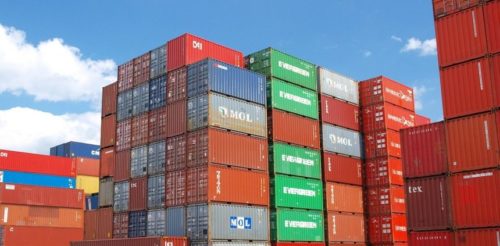
Imports at the United States of America major retail container ports are expected to continue at near-record levels this month and the remainder of the year despite a new round of tariffs on goods from China.
“Even with virtually everything American imports from China soon to be subject to tariffs, it isn’t quick or easy for retailers to change their supply chains,” the Vice President for Supply Chain and Customs Policy, National Retail Federation (NRF), Jonathan Gold, said.
“That means American families are ultimately going to pay more for goods they can’t do without. And even if sourcing eventually shifts away from China, it will simply come from other countries. It’s time to stop punishing American businesses, workers and families for China’s wrongdoing.”
President Trump announced last week that new 10 percent tariffs on an additional USD 300 billon in Chinese goods will take effect on September 1. Coupled with 25 percent tariffs imposed on USD 250 billion worth of imports over the past year, the new round will tax almost all goods the United States imports from China.
Meanwhile, America’s tariff bill continues to grow. According to data released this week by the Tariffs Hurt the Heartland coalition, American importers paid USD 6 billion in tariffs in June, one of the highest-tariffed months in U.S. history and up 74 percent from the same month last year.
“The uncertainties of the administration’s tariff policies continue to vex the markets,” Hackett Associates Founder, Ben Hackett, said.
“Our overall outlook is more pessimistic than last month, underlining that trade wars are not harbingers of good things to come.”
Hackett added the 10 percent tariffs would not likely have an immediate impact on import volumes but an increase to 25 percent “would have a significant impact and would cause us to lower our trade projections further.”
U.S. ports covered by Global Port Tracker handled 1.8 million TEUs in June. That was down 2.9 percent from May and down 3 percent year-over-year. July was estimated at 1.86 million TEU, down 2.6 percent year-over-year.
The first half of 2019 totaled 10.5 million TEU, up 2.1 percent over the first half of 2018, and 2019 is expected to total 21.7 million TEU. That would come within 0.4 percent of last year’s record 21.8 million TEU, which was up an unusually high 6.2 percent over 2017.